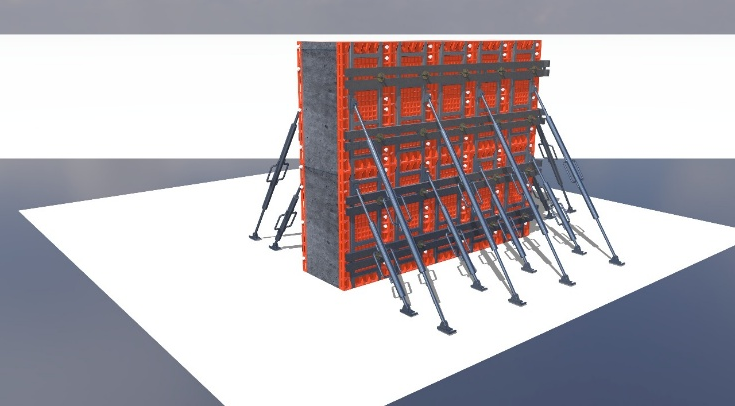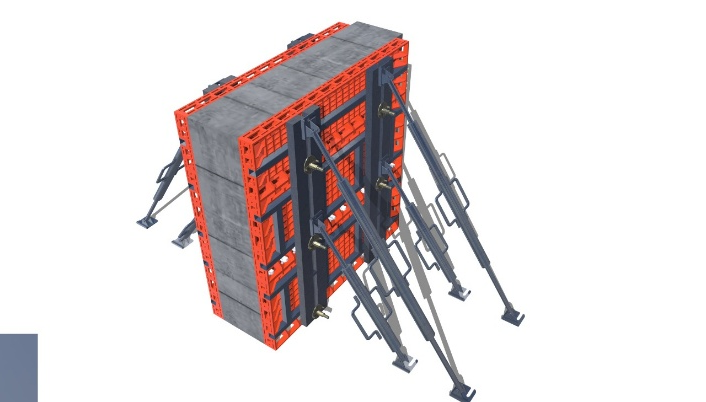

EARTH WORKS
What is Rammed Earthwork?
Rammed earthwork is a construction technique where natural raw materials such as soil, sand, gravel, clay, and sometimes stabilizers (like cement or lime) are compacted (rammed) into a formwork to create solid walls or foundations. This method has been used for centuries in traditional construction and is still applied today for sustainable building projects.
Where It Is Used:
- Retaining Walls – to hold back soil in landscaping or infrastructure projects.
- Foundations and Base Layers – in roads, embankments, and load-bearing structures.
- Sustainable Buildings – as walls in eco-friendly houses or structures.
- Boundary Walls – for rural or traditional property demarcation.
- Embankments and Flood Protection – in large infrastructure and irrigation projects.
Common Issues in Rammed Earthwork Construction:
- Soil Quality Variations – inconsistent soil composition affects strength.
- Moisture Control – incorrect moisture content can lead to weak compaction.
- Formwork Stability – requires strong formwork to hold soil during ramming.
- Weather Sensitivity – rain or excess moisture can damage fresh rammed sections.
- Labour Intensive – traditional ramming requires considerable manual effort.
- Cracking – shrinkage cracks can appear if stabilizers or curing are not properly applied.
- Slow Construction – manual processes and layer-by-layer compaction increase time.
- Durability Concerns – unstabilized rammed earth may erode over time without proper protection.
Issues vs. How Plastic Formwork Helps in Rammed Earthwork Construction
| Rammed Earthwork Construction Issue | Solution | How Plastic Formwork Helps |
|---|---|---|
| Soil Quality Variations | Use stabilized soil mixes (lime/cement) and conduct soil tests before compaction. | Plastic formwork allows controlled layer thickness, helping achieve uniform compaction even with varying soil mixes. |
| Moisture Control | Maintain optimum moisture during ramming to ensure proper bonding. | Smooth, non-absorbent surface of plastic formwork prevents moisture loss, maintaining ideal compaction conditions. |
| Formwork Stability | Use strong, well-supported formwork to resist lateral pressure during ramming. | Plastic formwork has a secure locking system with built-in tie holes, ensuring stability without heavy external supports. |
| Weather Sensitivity | Plan work during dry seasons and cover fresh walls to protect from rain. | Weather-resistant panels do not swell or rust, maintaining integrity even during unexpected weather conditions. |
| Labour Intensive Process | Use mechanized rammers or lighter formwork to reduce manual effort. | Lightweight plastic panels are easy to handle and assemble, reducing labor requirements significantly. |
| Cracking | Add stabilizers and ensure proper curing to minimize shrinkage cracks. | The smooth finish of plastic formwork ensures even compaction, reducing weak spots and minimizing crack formation. |
| Slow Construction | Use modular formwork and mechanized tools to speed up construction. | Modular plastic panels allow quick assembly, dismantling, and reuse, accelerating construction time. |
| Durability Concerns | Apply protective coatings or stabilizers to enhance wall longevity. | High-quality finish from plastic formwork reduces surface erosion and improves durability when combined with stabilizers. |
| Difficulty in Shaping Walls | Traditional wooden formwork limits flexibility in shapes and sizes. | Plastic formwork’s modular design allows easy adjustment of wall heights and widths without additional fabrication. |
| High Cost of Maintenance | Regular maintenance of timber/steel formwork increases project costs. | Plastic formwork can be reused 100+ times, lowering costs and requiring almost no maintenance. |
Summary
Plastic formwork improves rammed earthwork construction by offering:
- Stability and Secure Locking during ramming.
- Easy Handling and Modular Adjustments for different wall dimensions.
- Weather Resistance and Smooth Finish, enhancing wall quality.
- Cost-effectiveness with 100+ reuses and minimal maintenance.
- Reduced Labour Dependence due to lightweight panels and simple assembly.
